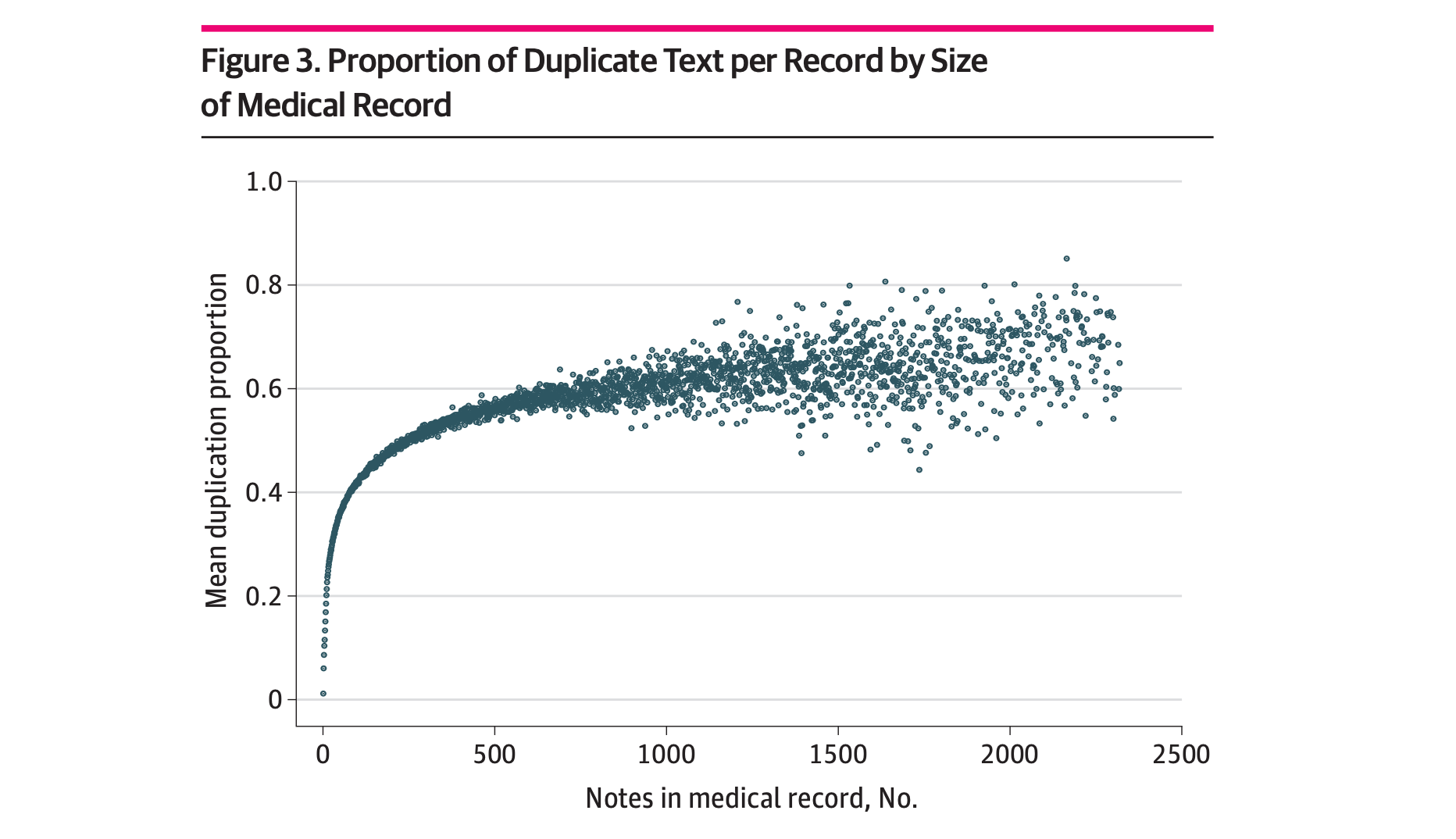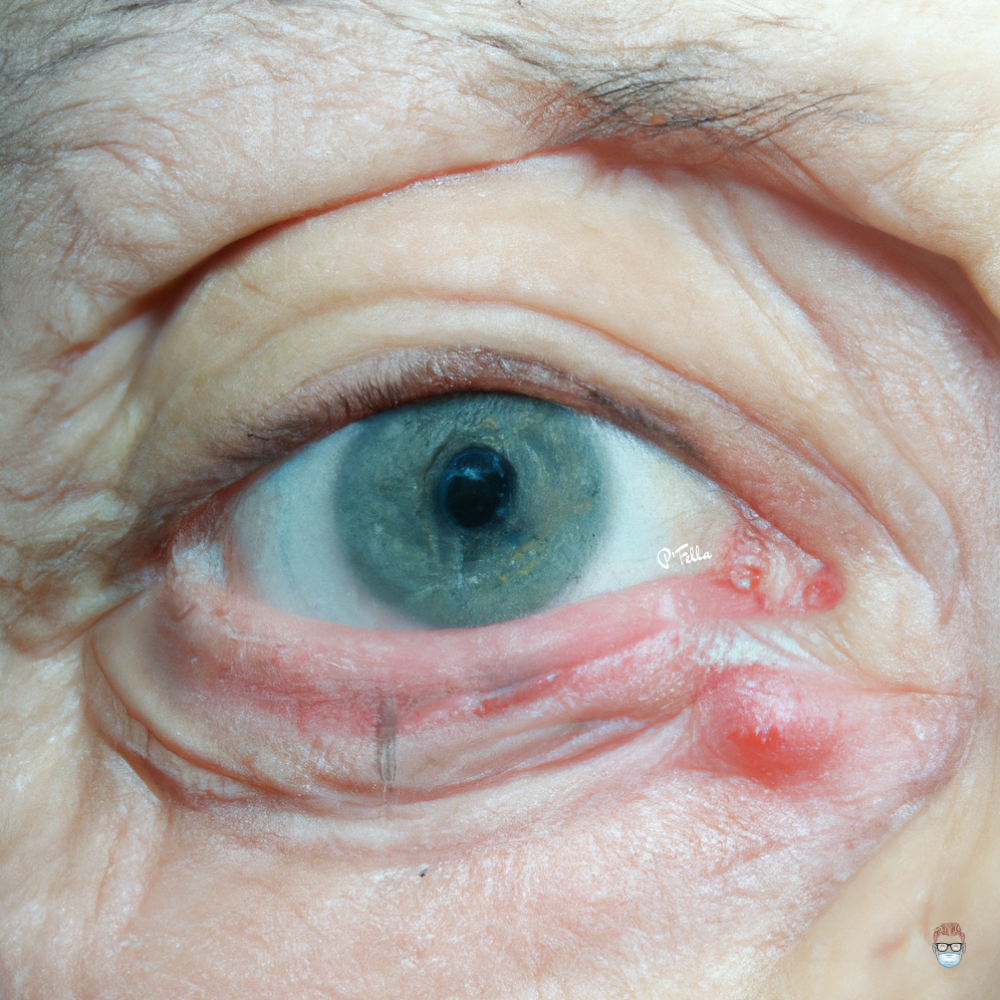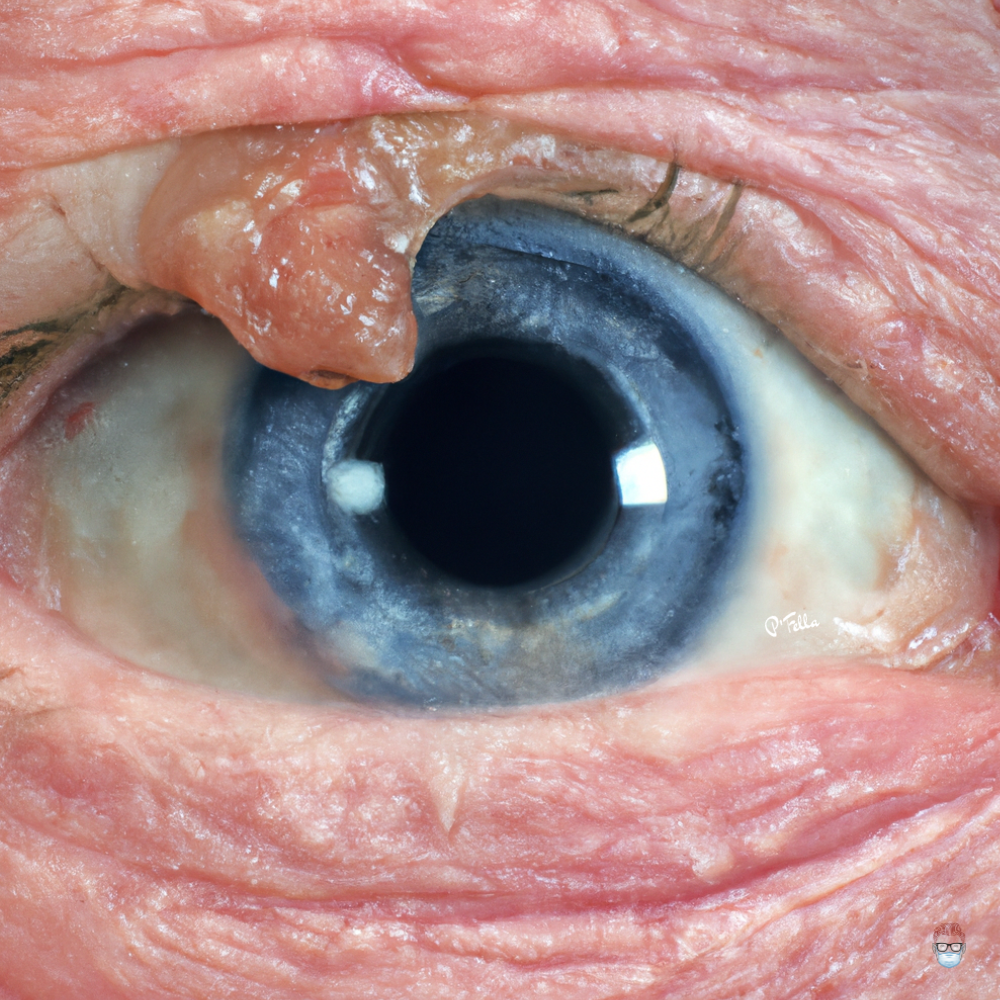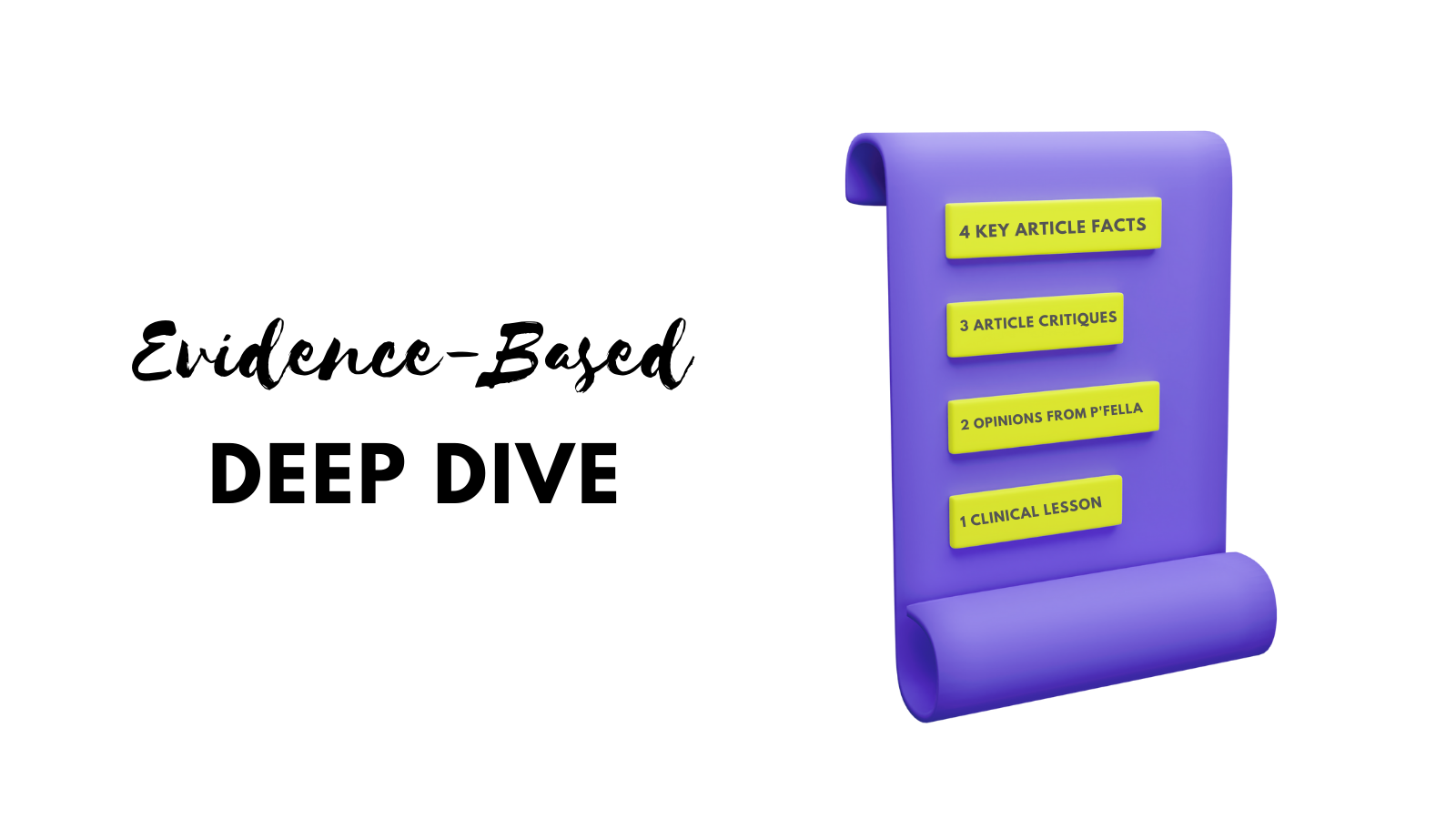In this week's edition
- ✍️ Letter from P'Fella
+50% of medical records are now copy-paste. - 🤓 The Sunday Quiz
What actually is a high-risk BCC? - 🎭 New & Upcoming
Educational tools and new events - 📸 Image of the Week
AI-generated keratotic horn - 🐣 Tweets of the Week
P'Fella's 3 favourite tweets - 🤔 Ask P'Fella
Submit & I'll answer! - 📝 Articles of the Week
3 hot reads on fingers, face and infections. - 💕 Feedback
Always looking to improve :)
BTW: Did you know you can Ask P'Fella?
A Letter from P'Fella
+50% of medical records are copy-paste.
Imagine if half of what you wrote was just copied from your past work, and not only that, but the amount you copied kept increasing each year! Sounds crazy, right?
Well, that's exactly what's happening in the world of electronic medical records (EMRs). A study by JAMA found that about 50% of all text in EMRs was duplicated from previous entries, and that the fraction of duplicated content increased from 33% in 2015 to over 54% in 2020!

This not only wastes our precious time but also casts doubt on the veracity of the information in the medical record. Try finding and verifying information when you're wading through a sea of repetition! It's not just about our frustration, though.
At the end of the day, it's about providing the best care for our patients, and this, folks, is a hurdle in that path. So what do we do about it? Well, we have a couple of hazards to tackle, namely information overload and information scatter. Overload is when there's so much information (in this case, thanks to duplication) that it's like trying to find a needle in a haystack. Scatter, on the other hand, is when the info is fragmented across many locations, making it tough to retrieve and synthesize. Both of these problems are, frankly, a royal pain.
These issues stem from the way our EMRs are organized, the old note paradigm, where every encounter with a patient needs a separate document and different authors have separate documents. This system may have worked wonders in the era of paper-based charts, but in the digital age, it's like using a horse-drawn carriage on a superhighway.
It's clear we need to rethink this system and consider more modern software advances like document editing, collaborative documentation, or version history tracking.
Lots of love,
P'Fella ❤️
The Sunday Quiz
High risk vs Low Risk BCC

The NICE and RCPath Guidelines provide clinical and pathological risk assessments, respectively. This equates to the NCCN guidelines.
Clinical Factors: (DRIP)
- Dimensions: Any size "mask areas of face", genitals, distal limbs (hands, nails, feet), >10mm in non-"mask areas", neck and pretibial, >20mm trunk and proximal limbs
- Recurrence or Radiotherapy
- Immunosuppression
- Poorly defined borders
Pathological Factors: (SHIELD)
- Stage: ≥pT2 (pT2 = tumour 20mm-40mm)
- Histological Type: infiltrating, morphoeic, micronodular, basosquamous
- Invasion Perineural: Named nerve, or ≥0.1mm, or beyond the dermis
- Excisional Margins: positive or narrow (< 1 mm)
- Level of Invasion: beyond subcutaneous fat
- Depth: > 6 mm (granular layer of the nearest adjacent normal epidermis to the deepest point of the tumour)
- Differentiation: present
New and Upcoming
Educational Tools, Events & Courses
Upcoming Events
4 Recommendations
- BAAPS: Non-surgical webinar 28th June
- ASSH Annual Meeting - Toronto, 5th October
- Plastic Surgery - The Meeting: Texas, 26th Oct
- BAPRAS Congress - 29th Nov
New Features
P'Fella has been coding hard these past few months. Here's a sneakpeak of what is coming in version 3 of thePlasticsFella.com (hint: AI space repetition flashcards that learn your study style).
Image of the Week
AI-generated clinical images

Tweets of the Week
Don't forget to follow P'Fella!
Data on #swearing in clinical settinghttps://t.co/iXAy0fDx7Z pic.twitter.com/tWJeYwIHCw
— Jack Iwashyna🫁 (@iwashyna) June 24, 2023
The top photo holds great historical significance as it captures a pivotal moment in medical history. Dr. Zbigniew Religa, a renowned heart surgeon, is seen resting in the photo after completing the first successful heart transplant in Poland in 1987. This groundbreaking surgery… pic.twitter.com/5xJ3LpZa3N
— Historic Vids (@historyinmemes) June 21, 2023
Is this classified as a ‘herd’? pic.twitter.com/LkwRQZIwbX
— Silas 🫀 (@GenerallyUnwell) June 15, 2023
Ask P'Fella
You ask, I'll answer
P'Fella's Answer
Hey, that's a really solid question! We all know the world of plastic surgery is huge, and it feels like it's only getting bigger, right? That's actually why thePlasticsFella was created, to help navigate this ocean of knowledge without having to juggle a library of textbooks or chase a thousand different sources. But let's dive into some handy tips to help tackle this beast:
- Do the Basics: Start with the core principles and common procedures. Foundation first, the fancy stuff later.
- Check Old Exams: Sneak a peek at old exams. They're a goldmine for figuring out what gets tested often.
- Be Active: Don't just read. Get active. Make flashcards, teach others, quiz yourself.
- Keep Tidy: Organized notes = organized mind. It's science (probably).
- Review Often: Remember that friend who only shows up once in a while but you never forget their face? Be that friend to your notes. Use spaced repetition.
- Find a Squad: Get a study group together. Different perspectives, more fun, and less chance of missing something important.
- Self-care: Don't forget to eat your veggies, catch those Z's, and break a sweat. A healthy brain is a learning machine.
- Keep Going: This is a marathon, not a sprint. Keep at it, step by step. And remember, it's okay to take a breather.
Articles of the Week
3 must-read articles, 1 deep-dive! 📚
3 Must-reads
- What's the best reconstruction for nasal defects?
Menick et al. Outcomes, Concepts, Technical Refinements, and Challenges in the Microvascular Repair of Full-Thickness Nasal Defects. PRS. June 2023. - How to reconstruct a fingertip.
Petrella et al. Technique for Fingertip Reconstruction. Plastic & Reconstructive Surgery-Global Open 11(5):p e5002, May 2023 - Hand surgery performed in the "procedure room"
Zhuang T et al. Is Hand Surgery in the Procedure Room Setting Associated With Increased Surgical Site Infection? J Hand Surg Am. 2023

New update coming soon!
In this upcoming new update, the focus will be more on infographics and generating discussion - so people can share their own experiences and critiques.


